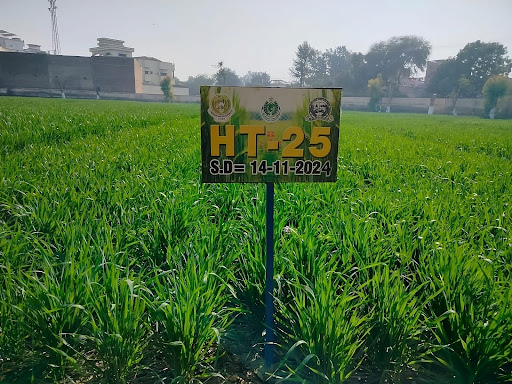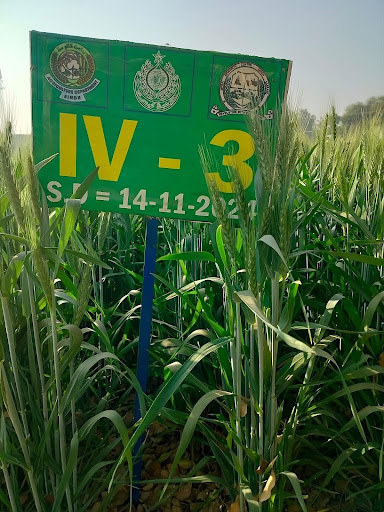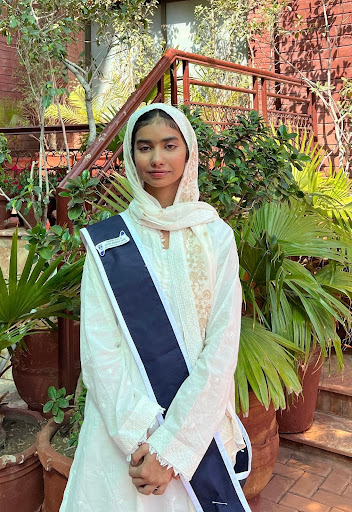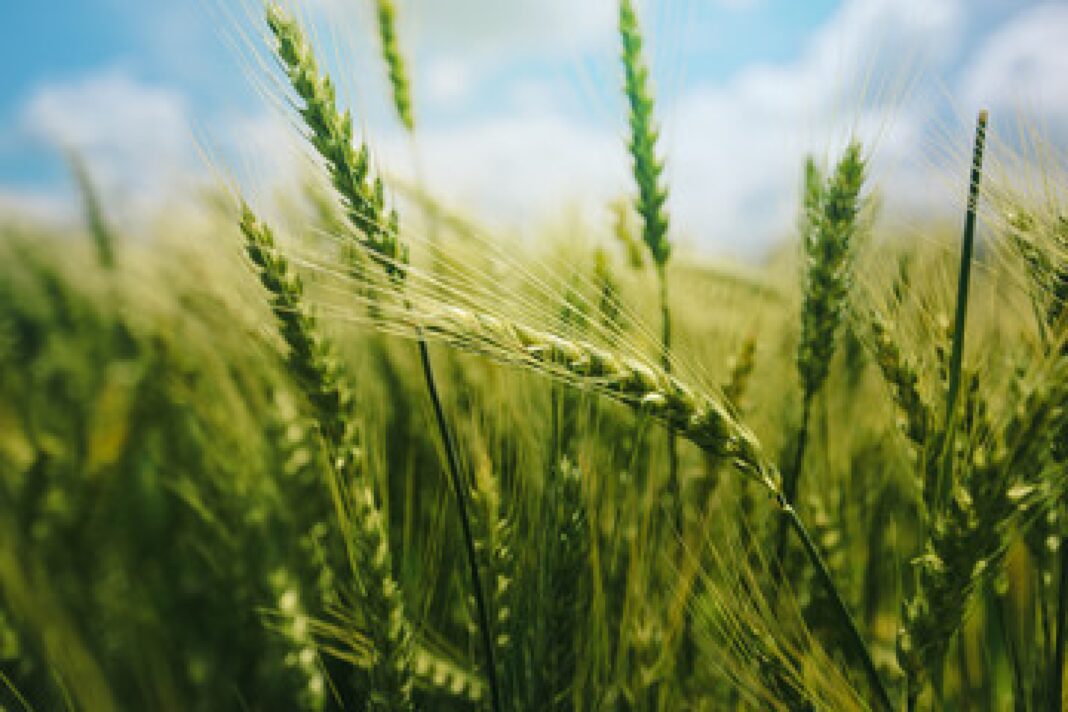Once called the “grain basket of the region,” Sindh now stands at a crossroads. The Indus River, which carved life into this desert province, is under threat; not from war or politics, but from climate change. Extreme heatwaves, erratic rainfall, and worsening water scarcity have turned once-fertile fields into barren soil.
In just the past five years, wheat production in Sindh has declined significantly (due to various reasons, including climate change), posing a challenge not only to the livelihoods of farmers but to national food security. According to the Pakistan Bureau of Statistics, wheat yield per hectare in Sindh dropped from 2,763 kg/ha in 2018 to 2,588 kg/ha in 2023, a 6.3% decline in a province responsible for nearly 15% of the country’s wheat output.
For centuries, Sindh has spoken through its soil. Its fields once swayed to the rhythm of Bhittai’s verses, its farmers rooted like Marvi; loyal to the land through drought and dust storms alike. But today, the land is falling silent. Wheat, the lifeline of its people, is wilting under a new storm: climate change.
In this quiet crisis, a humble institution in Sakrand rises like a disciple of that legacy, protecting Sindh’s golden grain. For them, it is not a matter of providing food, but of saving livelihoods as agriculture remains the backbone of rural communities. It is estimated, from rural household data, that around 70% of the population directly depends on agriculture.
Against this backdrop, researchers at the Wheat Research Center in Sakrand are racing against time. In an interview with Sir Jay Kumar, Scientific Officer, it becomes clear: this is not just a battle for better yields, it’s a mission to adapt wheat to an entirely new climate reality.
Sakrand Wheat Research Center, established in 1986, has been working tirelessly for its province. The institution has released 13 approved varieties; the most widely cultivated are IV‑2 (released in 2020 with a potential of 70 maunds per acre) and IV‑3 (released in 2024 with a potential of 75 maunds per acre), known for high yield potential, pest resistance, and adaptation to Sindh’s saline soils.

The centre develops tailor-made wheat varieties, the most celebrated of which is TD‑1 (released in 2004 with a potential of 80 maunds per acre), a high‑yielding, short-statured cultivar that transformed wheat farming across Sindh. Reports indicate up to 20 million acres nationwide were planted with TD‑1 at its peak.
Its popularity soared to such heights that it was later introduced to Punjab, Pakistan’s traditional wheat powerhouse. But success came with new challenges. In Punjab’s warmer, more humid climate, TD‑1 succumbed to rust, a fungal disease caused by Puccinia spp. that devastates wheat. “It was a victim of its own success, underlining the delicate balance between adaptability and disease resistance,” remarked Sir Jay Kumar, Scientific Officer, Wheat Breeding Institute, Wheat Research Center, Sakrand

With the looming threat of climate change and Sindh being the most affected province of Pakistan, wheat is in dire need of another generation of improvements, specifically heat and drought tolerance. This represents a new frontier for Sakrand’s scientists. All previous varieties have been developed through the breeding selection method (F1–F7 selection cycles), not via genetic modification or genome editing.
Until now, breeding focused on increasing yield and resistance to pests; traits for abiotic stress tolerance, like heat or drought, were not systematically selected. “This wasn’t seen as urgent because water scarcity had always been a chronic issue in Sindh,” said Sir Jay Kumar, “but as climate change accelerates, it was short-sighted not to develop climate-resilient traits earlier.”
To close this gap, the center has forged partnerships with leading institutions such as the International Maize and Wheat Improvement Center (CIMMYT) and the International Center for Agricultural Research in the Dry Areas (ICARDA). CIMMYT has contributed several elite germplasm lines, selected for drought tolerance, osmotic adjustment, canopy-temperature depression, and high pre-anthesis biomass, traits that international breeding models call part of the “drought-resistant ideotype”.
ICARDA brings expertise in arid-zone breeding adapted to salinity and water stress conditions. These global nurseries provide genetic starting points that Sakrand scientists adapt locally through multi-locational trials and farmer feedback cycles.
To protect the golden grain, the Wheat Research Center has begun trials for a new experimental variety, HT‑25 (High Temperature 25), derived from CIMMYT nurseries. Though still in early-stage lab trials and not yet released, HT‑25 is being bred for drought resilience, rust resistance, and yield performance equal to or above IV‑3, traits critical for Sindh’s food security.
Developing a stable variety via conventional breeding takes 10–12 years, and HT‑25 has just started this long cycle. But with wheat being a staple for millions in Sindh, the success of such varieties may determine how farmers survive the escalating climate crisis.
References:
- Pakistan Bureau of Statistics. (2023). Agricultural Statistics Report – Wheat yield data.
- Pakistan Bureau of Statistics. (2021). Labour Force Survey – 70% of the rural population depends on agriculture.
- World Bank. (2022). Climate Risk Profile: Pakistan – On heatwaves, erratic rainfall, and water issues.
- Asian Development Bank. (2021). Climate Risk Country Profile: Pakistan – Effects of climate change on crops.
- Interview with Sir Jay Kumar, Scientific Officer, Wheat Breeding Institute, Wheat Research Center, Sakrand – About IV-2, IV-3 wheat, HT-25.
- Sindhi folklore references – Inspired by Shah Abdul Latif Bhittai’s Shah Jo Risalo.
- Pakistan Meteorological Department. (2023). Climate Summary – For recent heatwaves/drought trends.
Similar Articles: Bugs in Your Bites: How Insects Sneak into Food Packages and What You Can Do

Bushra Mehmood Lakho is an A-level student with a growing interest in genetics, research, and science communication. Passionate about a wide range of scientific fields, she is currently exploring various fields within biology and beyond. She aims to pursue a path where her curiosity and commitment can lead to meaningful, long-term impact.

